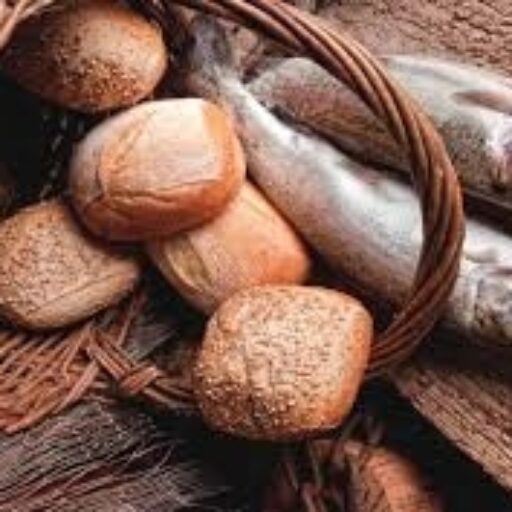
#op800
Some weeks ago I had a call from a Dominican Priest in Rome. He told me about the upcoming celebration and Jubilee Year marking the 800th Anniversary of the Dominican Order.
He mentioned that the Order was hoping to celebrate this event on Twitter with the “hashtag” #op800 and hoped that dioceses and parishes using Twitter would include a mention. I told him I’d be happy to do so. Our phone call ended.
When mentioning this on Twitter last night, having noticed others doing likewise, I was reminded of my conversation with this priest and the fact that I didn’t mention to him that our parish has a strong link with the Dominican Order, through the presence now, in ruined state, of Urlaur Abbey. Strikes me that when we come to celebrate the Pattern next August, God willing, we could do worse than keep this in mind.
Below, a few images from the Abbey and its surrounds, including some images taken during our “Dawn Mass” on Easter Sunday.
Urlaur Abbey lies three miles from Kilkelly on the shores of Urlaur Lake and it is a monastic settlement founded in 1430 by the Dominicans. It is a must for all tourists as the Abbey has been remarkably well preserved.
The Abbey was dedicated to Saint Thomas and was found by Fr. William Nangle and Fr. Thomas O’Grogan after permission of the Pope Eugene IV. The building was financed by Edmond Costello and his wife Fineola Cusa, daughter of O’Connor Dun, and became the burial place of the Costellos.
This Anglo-Norman family also endowed Saint Mary’s Augustinian Abbey in Ballyhaunis around the same time, taking the name Costello and becoming Lords of the barony.
The Dominicans are named after their founder Saint Dominic who was born in Spain in 1170. He chose a life of penance and poverty and gathered together a band of preachers in southern France in the early part of the 13th century.
The preachers were sent to cities where the Universities and other seats of learning were to be found. Finally, the Dominican Friars came to Oxford and London in 1221 and to Dublin in 1224 and are known as the Order of Friars Preachers.
The Order spread quickly through Ireland forming communities and churches. The Black Abbey in Kilkenny, founded by William Marshall the younger in 1225, is a fine example of a Dominican Church in use to the present day.
This remote and peaceful lake attracted the friars who came here from all over Connacht to spend their life following the rule of their order strictly. The austere vision of Saint Dominic is well reflected in the strong lines of the architecture.
The Church is rectangular in shape with doorways in the western and southern walls, windows and three gothic arches. There is an aperture where lepers could rest and hear Mass. The Abbey also had other buildings such as the kitchens, the refectory, the boathouse for a quick escape and, up the steps, the dormitory where the friars slept.
In 1608 and 1610 two inquisitions fell on Urlaur and the friary was suppressed. Its lands passed to Sir Edward Fisher and later to Sir Theobald Dillon, but the friars went on living quietly at Urlaur.
With the coming of Cromwell Fr. Dominic Dillon and Fr. Richard Overton of Urlaur were put to death at Drogheda; Fr. Mac Costello was also killed by the Cromwellians and Fr. Gerard Dillon died in prison.
In 1698 the friars fled the Abbey because of the Penal Laws, only five of them remained in the area including Fr. Pierce Costello and Fr. Redmond Costello. By the end of 18th century the monastic settlement was in ruins.
Urlaur Abbey is now in ruins but the annual pattern held on 4th of August brings locals and visitors to the area. Mass is celebrated in the old Abbey and a sense of peace is evident among the hallowed stones.
(Courtesy of Mayo-Ireland.ie
http://www.mayo-ireland.ie/en/towns-villages/kilkelly/history/urlaur-abbey.html)
